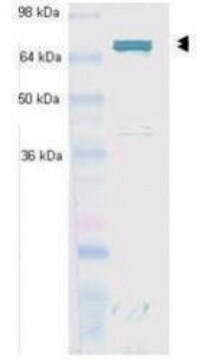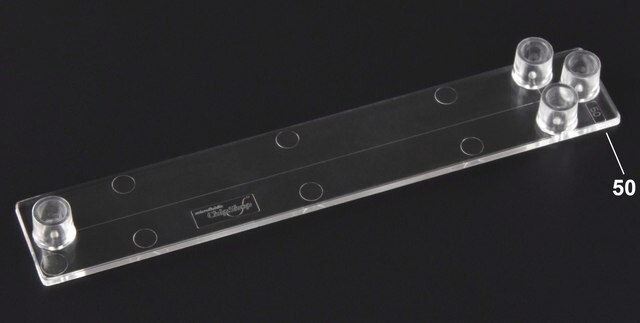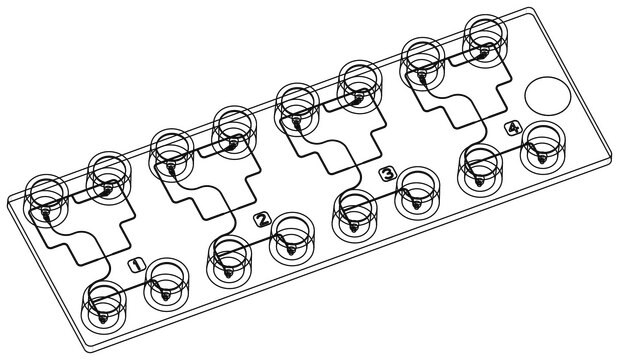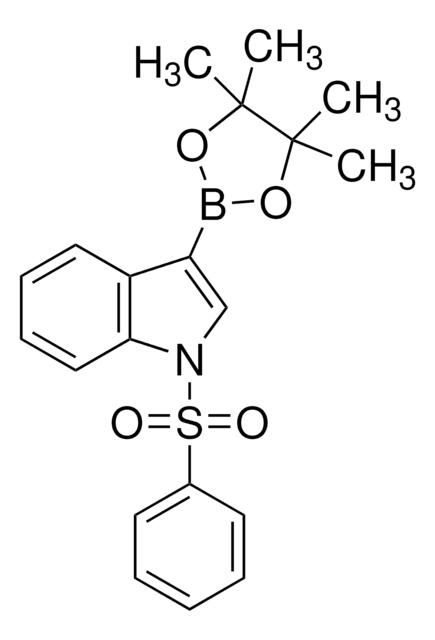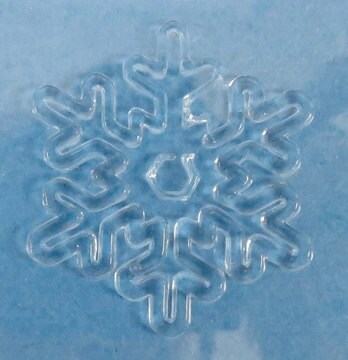934437
TissueFab® bioink
(GelHep)MA Vis/ 405nm, low endotoxin
Sinonimo/i:
3D Bioprinting, Bioink, Controlled Release, GelMA, Gelatin, Gelatin Methacryloyl, HAMA, Heparin, Heparin Methacrylate, Hydrogel
About This Item
Prodotti consigliati
Misura
10 mL
Livello qualitativo
Descrizione
Application: 3D bioprinting
Sterility: 0.2 μm filtered
Stato
viscous liquid (to gel)
Impurezze
<5 CFU/g Bioburden (Fungal)
<5 CFU/g Bioburden (total aerobic)
<50 EU/mL Endotoxin
Colore
pale yellow to colorless
Temperatura di conservazione
2-8°C
Cerchi prodotti simili? Visita Guida al confronto tra prodotti
Descrizione generale
About the material:
Heparin is a naturally occurring linear biopolymer and highly sulfated glycosaminoglycan (GAG). Research has demonstrated that heparin can modulate binding extracellular matrix proteins and sequester growth factors and cytokines, making them useful in 3D applications. The methacrylate-functionalization of heparin allows thermal or photochemical crosslinking via covalent conjugation. Heparins exhibit high anionic charge densities to promote large swelling ratios in water. Heparin-based bioinks are used in tissue engineering, 3D bio-printing, and drug delivery applications.
Gelatin methacryloyl (GelMA) is a polymerizable hydrogel material derived from natural extracellular matrix (ECM) components. Due to its low cost, abundance, and retention of natural cell binding motifs, gelatin has become a highly sought material for tissue engineering applications. The addition of photocrosslinkable methacrylamide functional groups in GelMA allows the synthesis of biocompatible, biodegradable, and non-immunogenic hydrogels that are stable in biologically relevant conditions and promote cell adhesion, spreading, and proliferation.
Low Endotoxin, low bioburden: Endotoxins can negatively impact cellular growth, morphology, differentiation, inflammation, and protein expression. The bioburden is the number of contaminated organisms found in a given amount of material.
We test each lot for endotoxins in addition to total bioburden (aerobic and fungal) to minimize unwanted interactions. For more information:
Cell Culture FAQs: Bacterial Endotoxin Contamination
Applicazioni
- drug discovery
- in-vitro disease models
- regenerative medicine
- cell-cultured meat
Caratteristiche e vantaggi
- Bioprinting models replicate biology for drug discovery and in vivo applications
- Sterile, low endotoxin
- Batch control offers reproducible models for preclinical toxicology testing and drug screening
- Extended shelf-life & stability
Altre note
- Ready-to-use formulations eliminate the lengthy bioink formulation development process
- Provide an optimized microenvironment conducive to the growth, proliferation, and maturation of cells
- Validated with widely used cell types (including hMSCs) used in 3D Bioprinting
- Step-by-step protocols developed and tested by internal R&D 3D Bioprinting Scientists
- Compatible with different extrusion-based 3D bioprinter models
Note legali
Codice della classe di stoccaggio
12 - Non Combustible Liquids
Classe di pericolosità dell'acqua (WGK)
WGK 3
Punto d’infiammabilità (°F)
Not applicable
Punto d’infiammabilità (°C)
Not applicable
Scegli una delle versioni più recenti:
Certificati d'analisi (COA)
Ci dispiace, ma al momento non ci sono COA disponibili online per questo prodotto.
Se ti serve aiuto, non esitare a contattarci Servizio Clienti
Possiedi già questo prodotto?
I documenti relativi ai prodotti acquistati recentemente sono disponibili nell’Archivio dei documenti.
Il team dei nostri ricercatori vanta grande esperienza in tutte le aree della ricerca quali Life Science, scienza dei materiali, sintesi chimica, cromatografia, discipline analitiche, ecc..
Contatta l'Assistenza Tecnica.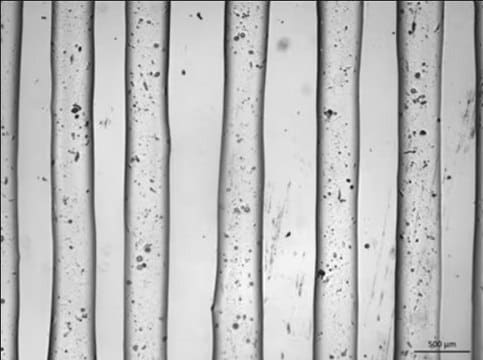
![[Ir(df(CF3)ppy)2(4,4′-(OMe)2bpy]BF4 ≥95%](/deepweb/assets/sigmaaldrich/product/structures/294/662/6528b9bf-e008-4b6e-ab53-daa85d4e1dcc/640/6528b9bf-e008-4b6e-ab53-daa85d4e1dcc.png)
